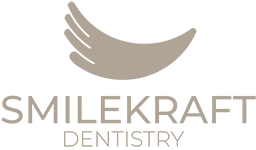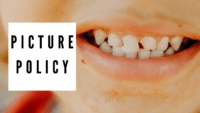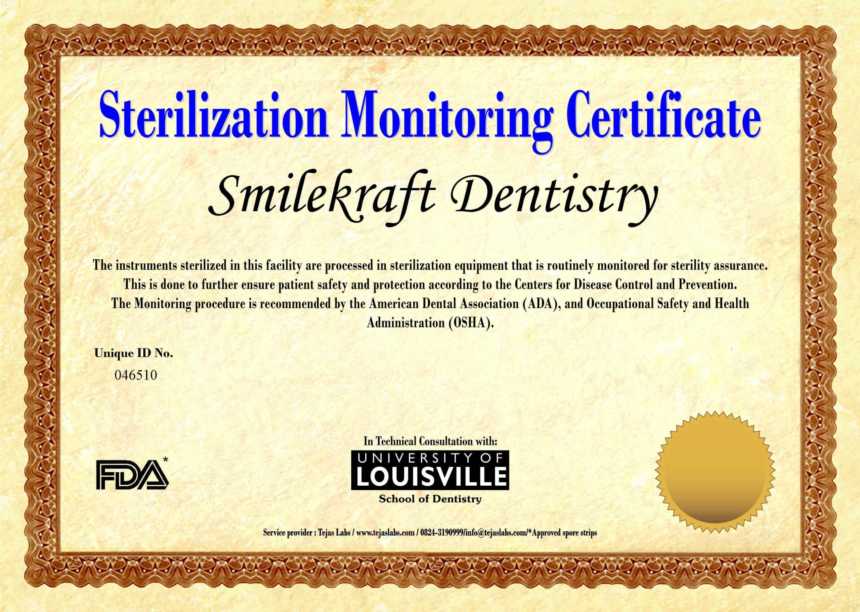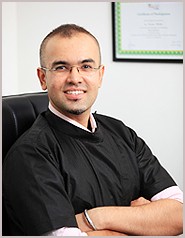Over a period of time, the jawbone associated with missing teeth atrophies (shrinks) or is resorbed. This sometimes leaves a condition in which there is poor quality and quantity of bone not suitable for the placement of dental implants. In these situations, bone grafting surgery is considered. We at Smilekraft Dentistry, Pune, India have the ability to grow bone where needed in certain scenarios. This not only gives us the opportunity to place implants of proper length and width, it also gives us a chance to restore functionality and aesthetics.
Bone grafting surgery procedures may be performed separately or together with implant placement depending upon your bone status. There are several areas of the body that are suitable for attaining bone grafts. In the jaws region, bone grafts can be taken from inside the mouth, in the area of the chin or third molar region, or in the upper jaw behind the last tooth. In more extensive situations, a greater quantity of bone can be obtained from the hip or the outer aspect of the tibia at the knee.
In some cases, bone substitute materials may be used. Allograft (bone prepared from cadavers and used to promote the patient’s own bone to grow into the repair site) is an example of a bone substitute material. It is effective and safe. Xenogenic bone may also be used; bone from another species i.e. cow bone which has been sterilized and irradiated for use.
Different Types of Bone Grafting Procedures
- Maxillary Sinus Augmentation / Lift
- Socket Preservation
- Guided Bone Regeneration / GBR (Ridge Augmentation & Jaw Reconstruction)
Maxillary Sinus Augmentation / Lift Procedure
The maxillary sinuses are behind your cheeks and on top of the upper teeth. Sinuses are like empty rooms that have nothing in them. Some of the roots of the natural upper teeth extend up into the maxillary sinuses. When these upper teeth are removed, there is often just a thin wall of bone separating the maxillary sinus and the mouth. Dental implants need bone to hold them in place. When the sinus wall is very thin, it is impossible to place dental implants in this bone. The solution to this scenario is called a sinus lift procedure.
Dr. Priyank Mathur your dental implant surgeon and Dr. Samrat Sabhlok, your oral and maxillofacial surgeon, perform the sinus augmentation/lift procedure for such bone deficient areas. During this procedure the sinus membrane is lifted upward and bone is inserted into the floor of the sinus. Keep in mind that the floor of the sinus is the roof of the upper jaw. After several months of healing, the bone becomes a part of your upper jaw and dental implants can be inserted and stabilized in this new sinus bone.
The sinus graft makes it possible for many patients to have dental implants when years ago there was no other option other than wearing loose dentures.
If enough bone between the upper jaw ridge and the bottom of the sinus is available to stabilize the implant well, sinus augmentations and implant placement may sometimes be performed as a single procedure. If not enough bone is available, the sinus augmentation will have to be performed first, then the graft will have to mature for several months. The duration of the healing period depends upon the type of graft material used. Once the graft has matured, the implants can be placed.
Bone Socket Preservation for Dental Implant Placement
When we lose a tooth the extracted root creates an opening. The surrounding bone is no longer stimulated by the tooth root, and it immediately begins to collapse and shrink. If there is too much bone loss, it will be impossible to place a dental implant for cosmetic and functional reasons.
Therefore, Dr. Priyank Mathur recommends on taking preventative measures to preserve the natural ridge contours and maintain the surrounding bone for future tooth replacement.
In this procedure, a specialized bone substitute graft material is placed in the extraction socket created after the removal of a tooth. It is then covered with a special membrane covering to improve healing and protect the bone substitute. To conclude the procedure the area is sutured and the natural healing process begins.
Over time the bone substitute product will be absorbed and replaced with your body’s own bone creating an environment conducive for the replacement of your tooth with a dental implant.
Guided Bone Regeneration / GBR (Ridge Augmentation & Jaw Reconstruction)
Loss of jaw bone following the loss of teeth or traumatic injury may result in a number of different problems. Most commonly, areas of bone loss may result in difficulties in dental implant treatment due to a lack of bone into which to place a dental implant.
Bony defects elsewhere may be unsightly and compromise other dental treatments such as a dental crown and bridgework.
Inadequate bone width for successful implant placement
Guided bone regeneration (GBR / Ridge Augmentation & Jaw Reconstruction) performed by Dr. Priyank Mathur and Dr. Samrat Sabhlok, is a surgical procedure which involves carefully lifting a small area of the gum overlying the bony defect. The area is then bone grafted with either bone taken from elsewhere in the mouth or with synthetic bone graft.
The bone graft particles placed into the bony defect act as scaffolding into which the bone cells can grow. The bone graft is then covered with a very thin barrier membrane prior to repositioning the gum tissue over the top and gently stitching it back into place.
Bone grafted on the deficient area and covered with a protective membrane

Inadequate bone width for successful implant placement
Guided bone regeneration (GBR) performed by Dr. Priyank Mathur and Dr. Samrat Sabhlok, is a surgical procedure which involves carefully lifting a small area of the gum overlying the bony defect. The area is then bone grafted with either bone taken from elsewhere in the mouth or with synthetic bone graft.
Bone grafted on the deficient area and covered with a protective membrane
The bone graft particles placed into the bony defect act as scaffolding into which the bone cells can grow. The bone graft is then covered with a very thin barrier membrane prior to repositioning the gum tissue over the top and gently stitching it back into place.


Adequate bone width regenerated for placement of a dental implant
This regenerative procedure helps to promote bone growth in areas previously devoid of bone. Developing bone in this way can help to increase the amount of bone for subsequent dental implant treatment.





